The Bacillus firmus is an aerobic Gram-positive family bacterium Bacillaceaeorder Bacillalesphylum Firmicutes. Like many bacteria of this genus, for example the Bacillus thuringiensis and the Bacillus subtilisalso the Bacillus firmus it is ubiquitous and occurs naturally in the soil, rhizosphere and aquatic environment. The interest in it is due to its nematodicidal action and the bioprotective effect it has on crops. THE plant parasitic nematodesin fact, they create serious problems for crops and are very difficult to combat by being active in the soil.
Let’s see, therefore, its biological action and how to exploit it in the phytosanitary defense of vegetables sensitive to nematodes.
How Bacillus firmus works
The Bacillus firmus, in particular strain I-1582, has been isolated in Israel where interesting activity against nematodes has been observed. The bacterium’s mode of action is both direct and indirect.
Direct action
It acts by contact against the eggs of the nematodes of the juvenile forms of the first stage, thanks to the ovicidal activity exerted by hydrolytic enzymes acting on the ovisack.
Indirect action
The bacterium proliferates on the root system of plants, absorbing and metabolizing substances secreted by the roots themselves (amino acids, sugars) which it then uses as nutrients. These substances are no longer available to nematodes, whose larvae, without these nutrients, hatch late or do not hatch at all. This causes less attraction towards the root system for the juvenile forms of second stage nematodes.
The bacterium also acts as a bioprotector, as it is capable of producing enzymes that break down the proteins contained in the eggshell of nematodes.
Finally, the Bacillus firmus is capable of producing indolacetic acid (IAA), auxin phytohormone which promotes the growth and development of plants.
On which nematode species is Bacillus firmus effective?
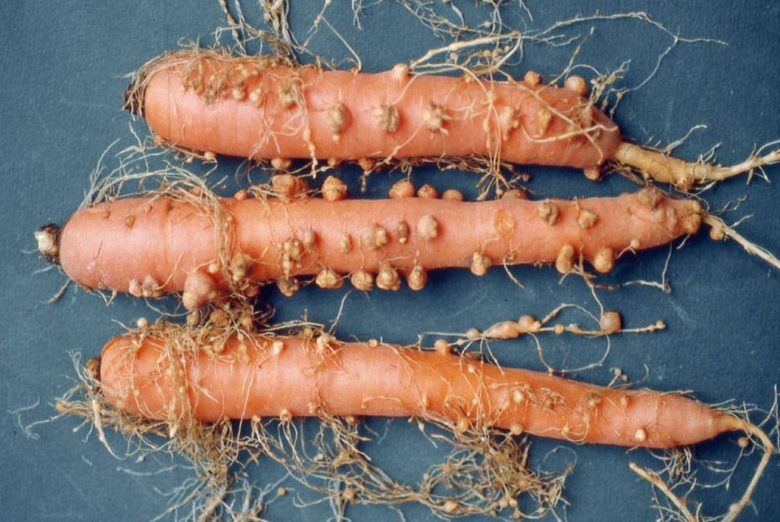
The spectrum of activity of the bacterium includes root-knot nematodes (Meloidogyne incognita, M.hapla And M. javanica), cyst nematodes (Heterodera carotae) and migratory nematodes (Pratylenchus spp).
On which crops is Bacillus firmus used?
The use of the Bacillus firmus strain I-1582 is authorized, in open fields and in greenhouses, on the following crops: carrottobacco, tomato, aubergine, sweet pepper, cucumber, melon, watermelon, pumpkin And zuchini.
The Bacillus firmus on the market
In Italy there is only one registered product based on Bacillus firmus strain I-1582, in the form of spores, available without the license for the use of pesticides and sold in the best specialized stores.
Its use is permitted in biological agricultureas the studies show not be harmful towards man, vertebrates and beneficial insects.
Application procedure
The spores of the Bacillus firmus must be diluted in water, according to the indications found on the label of the commercial product. The suspension must be kept stirred before and during treatment. Reason for which it must be applied with specific atomizers. The treatment should only be done on the ground, never on the plants.
Therefore, a single pre-sowing or pre-transplant treatment can be done at a dosage of 80 kg / ha. Or double the treatment, with a spraying before the start of cultivation and another intervention for fertigation after a few days from transplanting or sowing, both at a half dosage of 40 kg / ha.
After the treatment it is essential to always keep the soil well moist, so that the bacterium exerts its nematodicidal action.

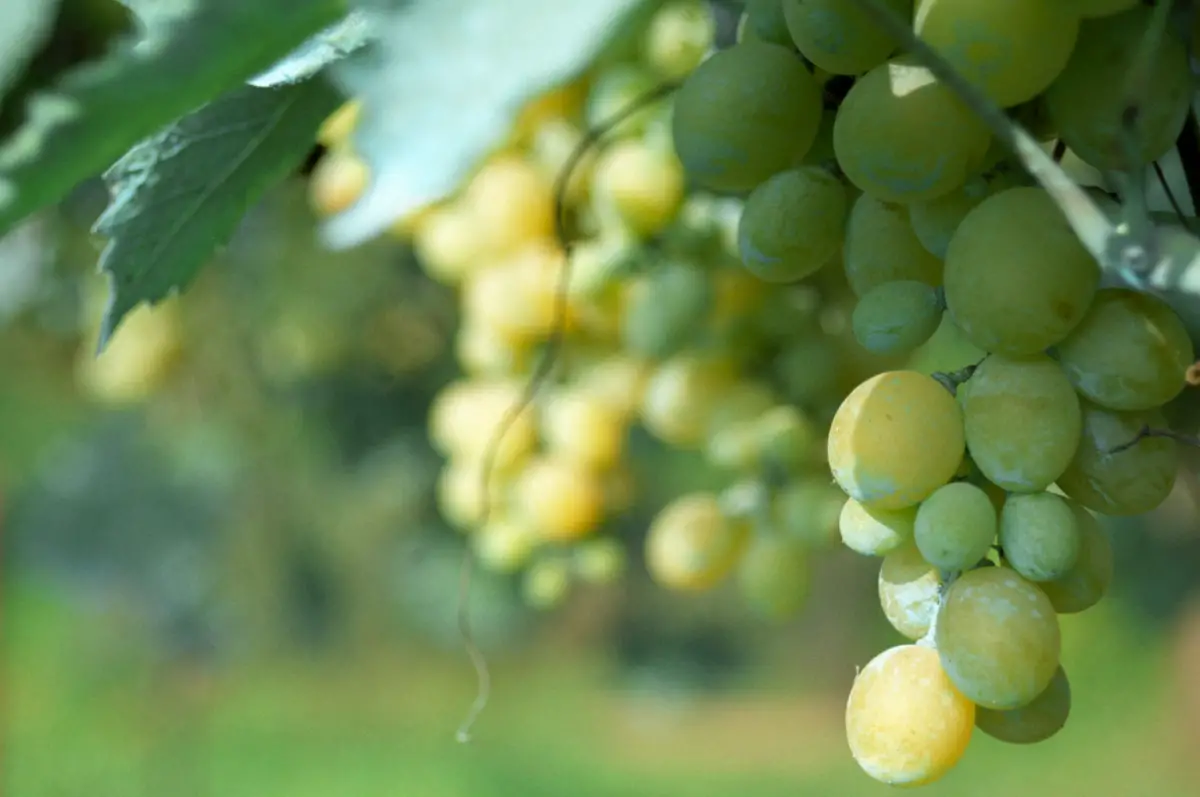
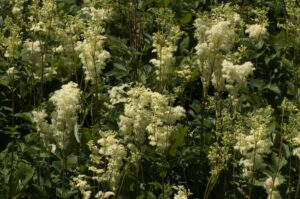
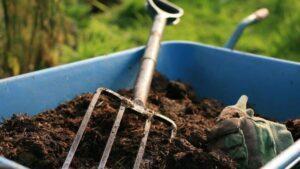
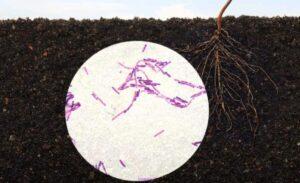
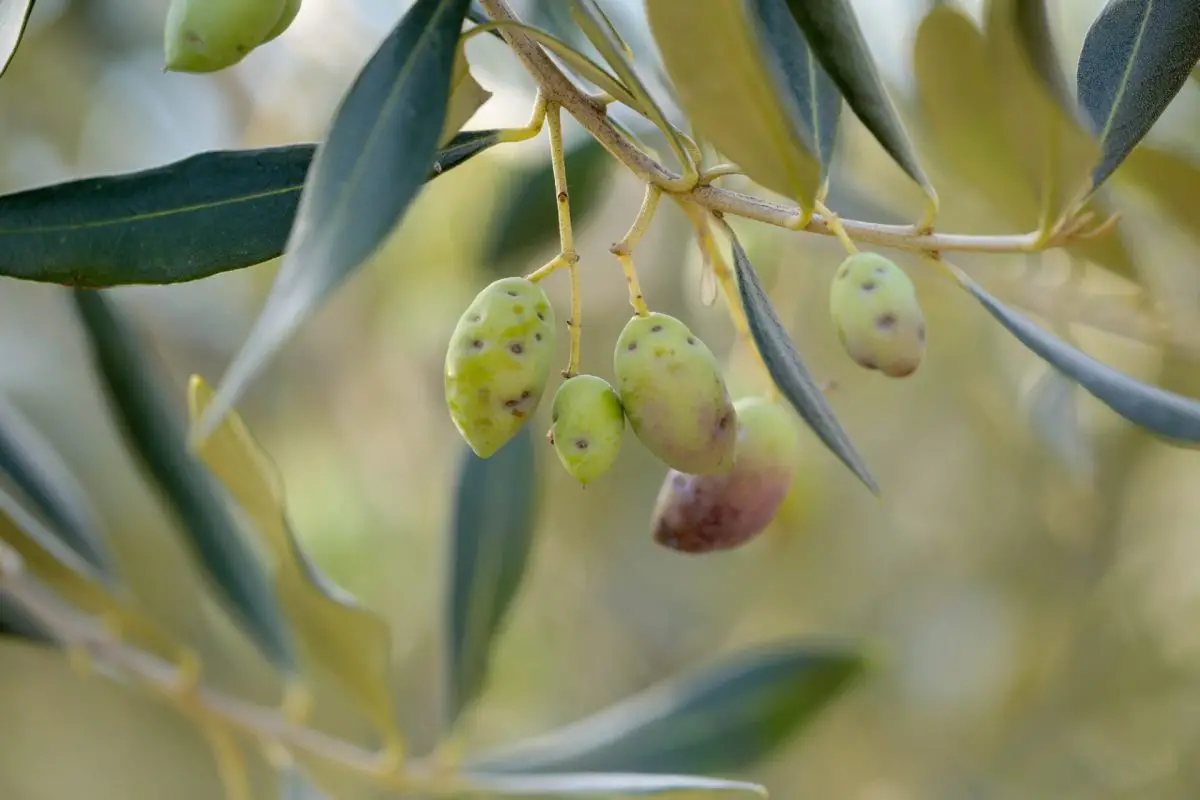
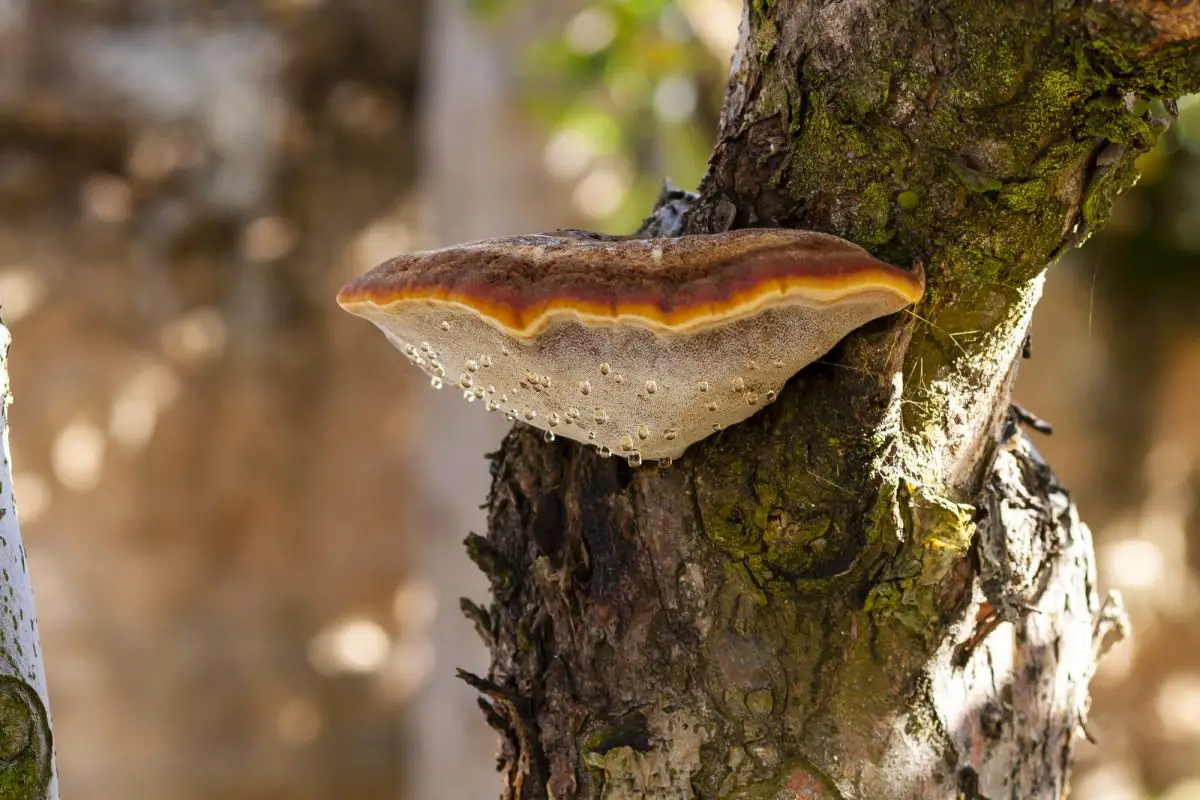
Start a new Thread